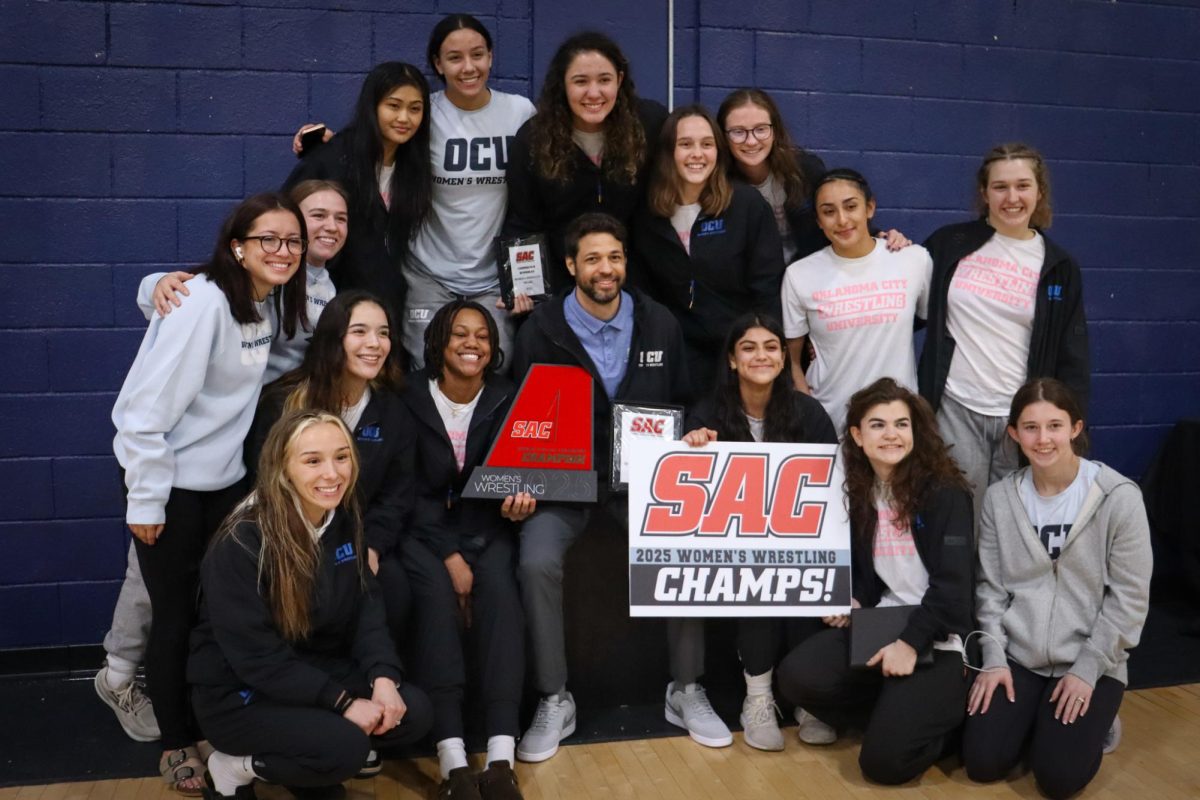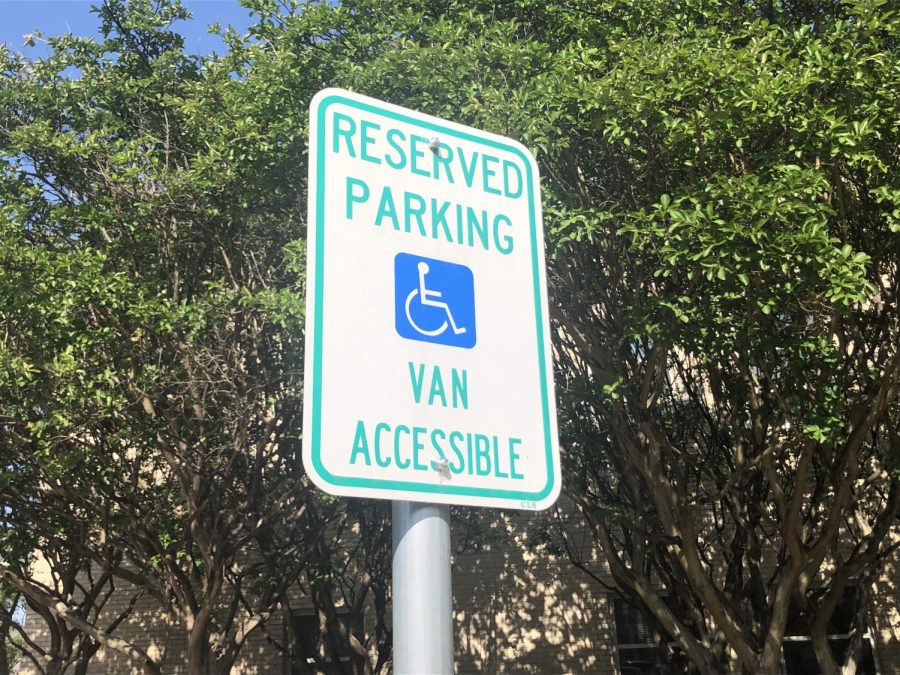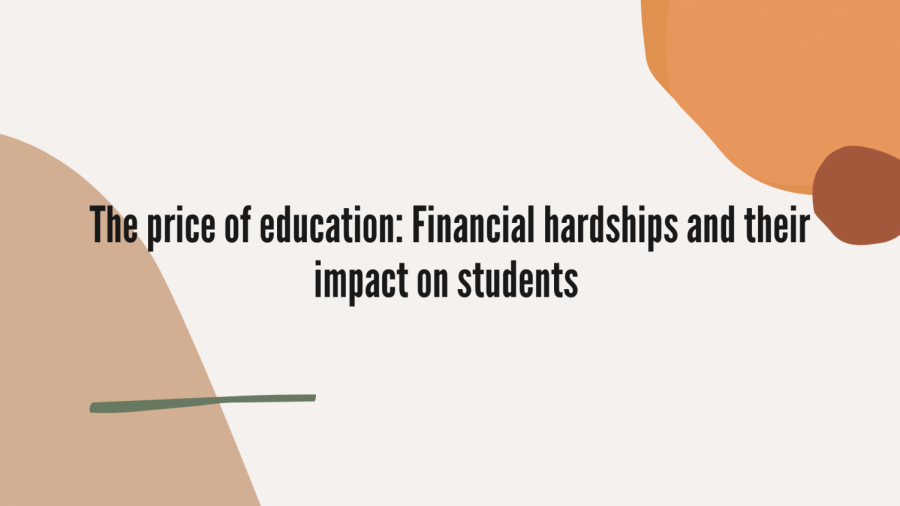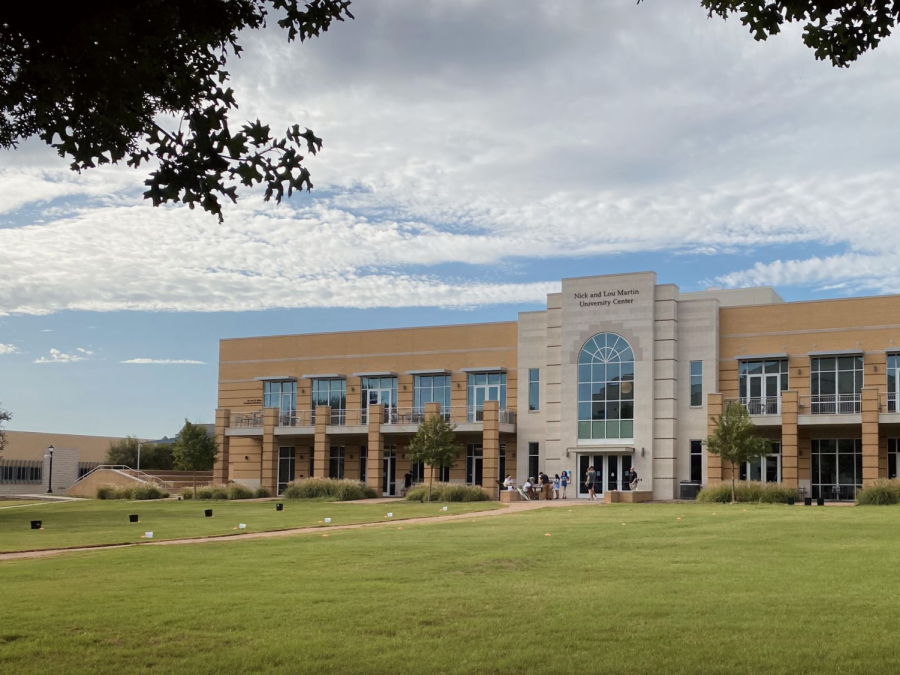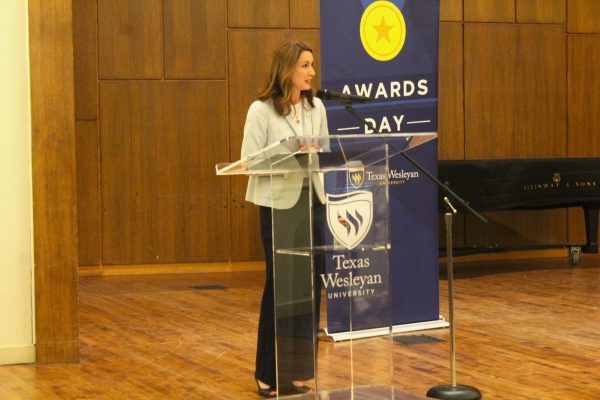SACSCOC is coming to Texas Wesleyan: Here is everything you need to know
Texas Wesleyan first received accreditation by the Southern Association of Colleges and Schools Commission on Colleges (SACSCOC) in January of 1949.
Students may see some unfamiliar faces on campus from April 10 through 13 as members from the Southern Association of Colleges and Schools Commission on Colleges (SACSCOC) visit Texas Wesleyan to review the quality of various aspects of the university.
Here is a breakdown of what you need to know about SACSCOC and their visit to the Texas Wesleyan campus.
What is SACSCOC?
The Southern Association of Colleges and Schools Commission on Colleges (SACSCOC) is the governing body for the “accreditation of degree-granting higher education institutions in the Southern states.”
Simply put, if a university wants to be accredited, they must meet the standards outlined by their accrediting agency.
Texas Wesleyan receives its accreditation from SACSCOC and therefore must meet the standards given to them by SACSCOC.
Institutions across Alabama, Florida, Georgia, Kentucky, Louisiana, Mississippi, North Carolina, South Carolina, Tennessee, Texas, Virginia and Latin America receive their accreditation through SACSCOC.
Why does accreditation matter?
If an educational institution is accredited, it ensures that they reach a certain standard. Students attending an accredited institution can be assured they will receive a quality education recognized by other institutions. Quality education means things like having qualified instructors, adequate facilities, and courses with relevant content to the class.
Accredited institutions are able to receive Title IV federal financial aid. If a student were to attend a non-accredited institution, they would then be unable to receive any federal financial aid.
Most universities only take credits from other accredited institutions, and many jobs only recognize degrees from accredited institutions as well.
How will TXWES maintain accreditation?
Texas Wesleyan has maintained their accreditation since it was first earned back in 1949. Every ten years the university faces a reaffirmation where their compliance with SACSCOC policies, procedures and standards are evaluated.
The review is judged by peers from institutions outside of Texas. The peers judge the university based on their compliance with the standards laid out in the 2018 edition of Principles of Accreditation: Foundations for Quality Enhancement.
The process began back in the fall semester when TXWES submitted their Compliance Certification, their own review of the university’s compliance with the standards laid out by SACSCOC.
The Compliance Certification included documents to prove the university’s compliance of said standards. An off-site review team then looked over the information submitted by the university and determined if they were in compliance, not in compliance, or if additional information was needed for the different standards.
According to Dr. Helena Bussell, associate provost and accreditation liaison to SACSCOC, the off-site review found Texas Wesleyan “in compliance with all but four standards.” The four incompliant standards needed more information, which has since been submitted by the university.
Following completion of the off-site review, it comes time for the on-site review.
What is the on-site review?
An on-site review team from SACSCOC will be visiting the TXWES campus from April 10 through the 13. The visit’s purpose is to verify that all information submitted by the university is true.
During the on-site review, members of the review team will evaluate and verify areas including facilities, programming, finances and more. All these areas are evaluated to ensure that students are receiving the resources and support they expect from an accredited institution.
Members of the on-site review team will meet with faculty throughout their visit and talk to students across campus. Behind the scenes they will also be reviewing documents and data on campus.
“They give us their judgment the day they leave,” said Bussell. Once the review is completed, the team lets the university know how they did.
Students should not expect to see much of a difference around campus during the visit.
The Quality Enhancement Plan
One aspect of the 10-year review is the Quality Enhancement Plan (QEP). The QEP is titled “Connect – Engage – Lead – Apply: Improving Retention Through Scaffolded Engagement.”
Dr. Steven J. Daniell, associate provost of academic affairs, stated that the QEP plays an important part of retaining students.
“The first four words are actually themes for each of the years,” stated Daniell. The idea behind the QEP is to help “connect” first-year students with the campus & community, and progress through “Engage” and “Lead” until they reach graduation where they will “Apply” their college experiences to their next steps.
Students will be able to earn badges by completing different tasks or attending events. According to Daniell, the goal for the QEP is about “student retention and engaging the students at the university and in community.”
The process of selecting the QEP topic began back in the fall of 2020 and was refined through the summer of 2022. The QEP will begin rolling out to incoming first-year students this summer and will soon be expanded to all class levels.
Conclusion
The five- and 10-year reviews ensure the school maintains the standards associated with an accredited institution. The university strives to always meet these standards, and these reviews confirm that those standards have been met.
After the on-site review is concluded, the university will hear back from the accrediting agency about how they did. After that Texas Wesleyan will begin preparing for the next review, continuing the process of evaluation & continual improvement.

Jake Parker is a Senior at Texas Wesleyan University and works for the Rambler as a Content Producer. Originally from Killeen, TX, he now calls Fort Worth...





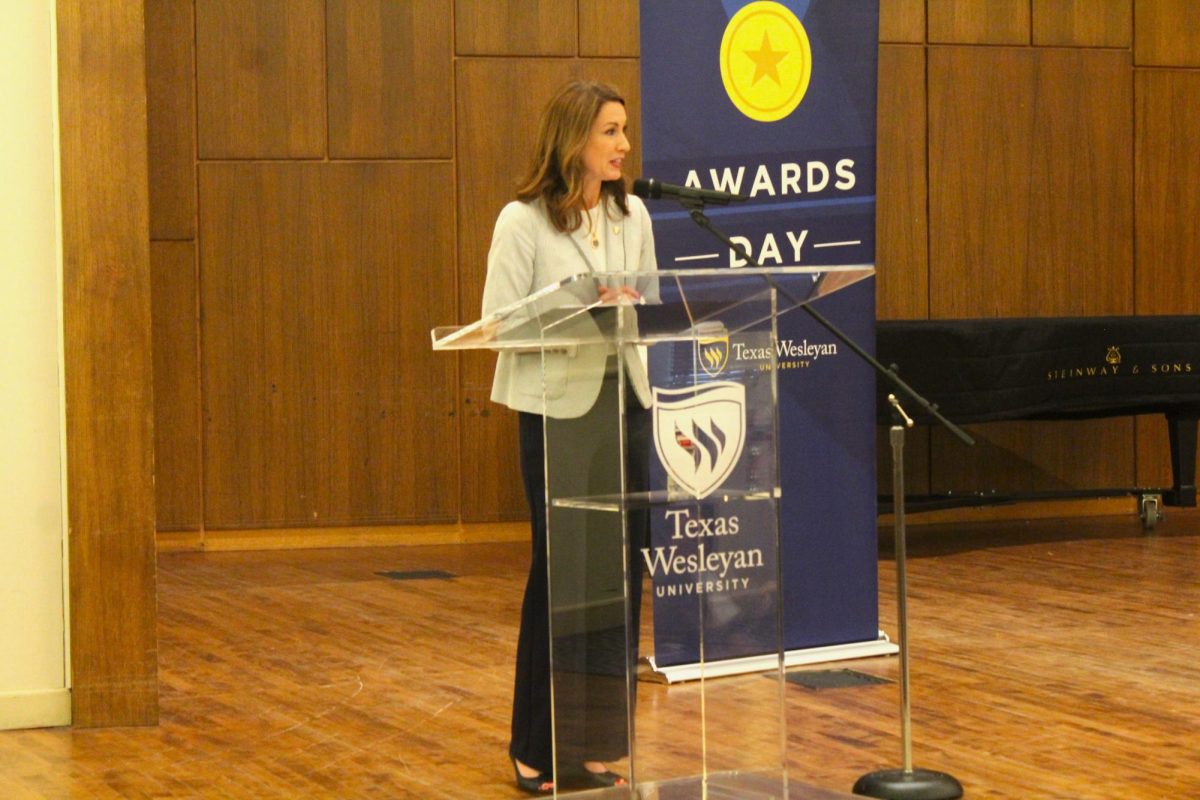



![Pippin, played by Hunter Heart, leads a musical number in the second act of the musical. [Photo courtesy Kris Ikejiri]](https://therambler.org/wp-content/uploads/2025/04/Pippin-Review-1200x800.jpg)
![Harriet and Warren, played by Trinity Chenault and Trent Cole, embrace in a hug [Photo courtesy Lauren Hunt]](https://therambler.org/wp-content/uploads/2025/02/lettersfromthelibrary_01-1200x800.jpg)
![Samantha Barragan celebrates following victory in a bout. [Photo courtesy Tu Pha]](https://therambler.org/wp-content/uploads/2025/05/20250504_164435000_iOS-834x1200.jpg)
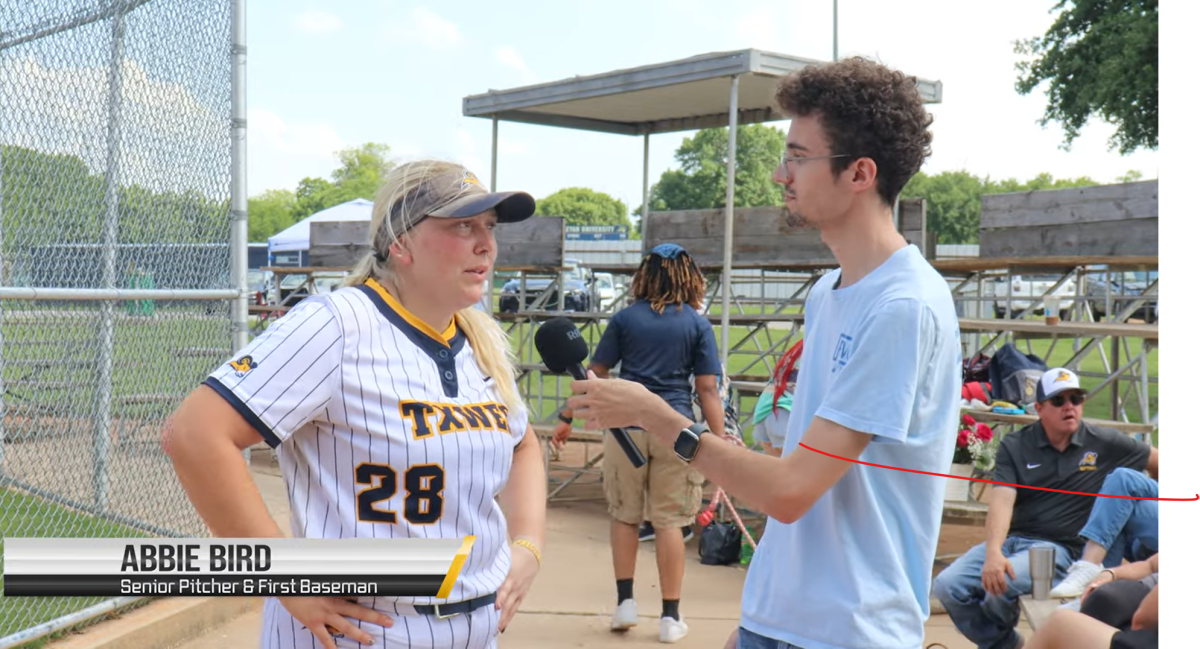



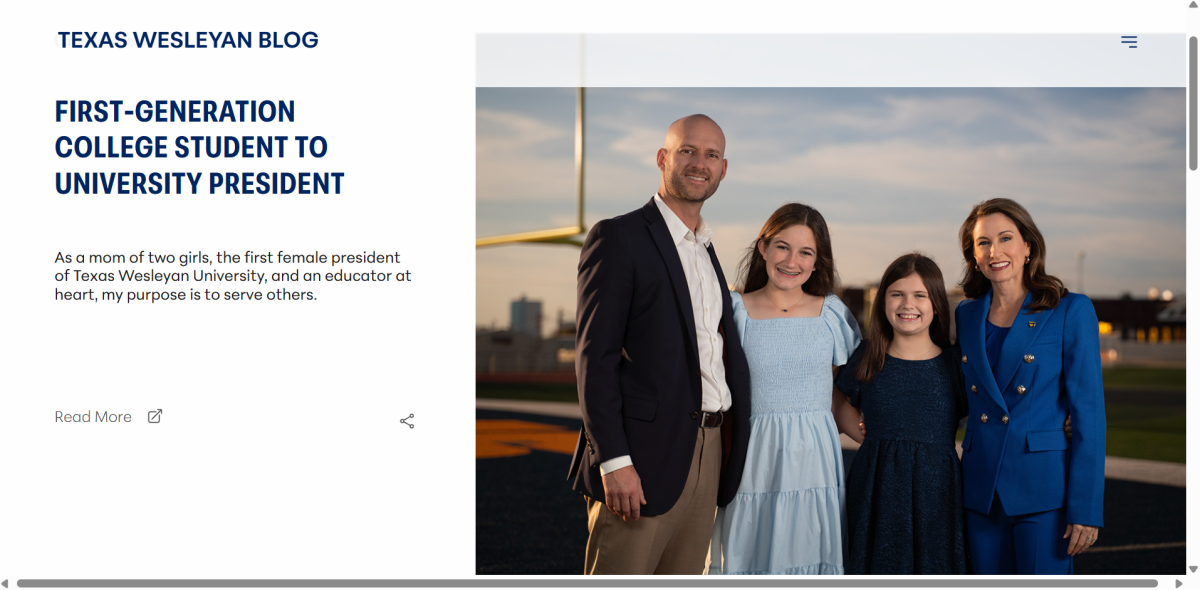
![Hunter Heart (center), the play's lead, rehearses a scene alongside other student actors. [Photo courtesy Jacob Sanchez]](https://therambler.org/wp-content/uploads/2025/04/thumbnail_IMG_8412-1200x816.jpg)
![Student actors rehearse for Pippin, Theatre Wesleyan's upcoming musical. [Photo courtesy Jacob Rivera-Sanchez]](https://therambler.org/wp-content/uploads/2025/04/Pippin-Preview-1200x739.jpg)
![[Photo courtesy Brooklyn Rowe]](https://therambler.org/wp-content/uploads/2025/05/CMYK_Shaiza_4227-1080x1200.jpg)
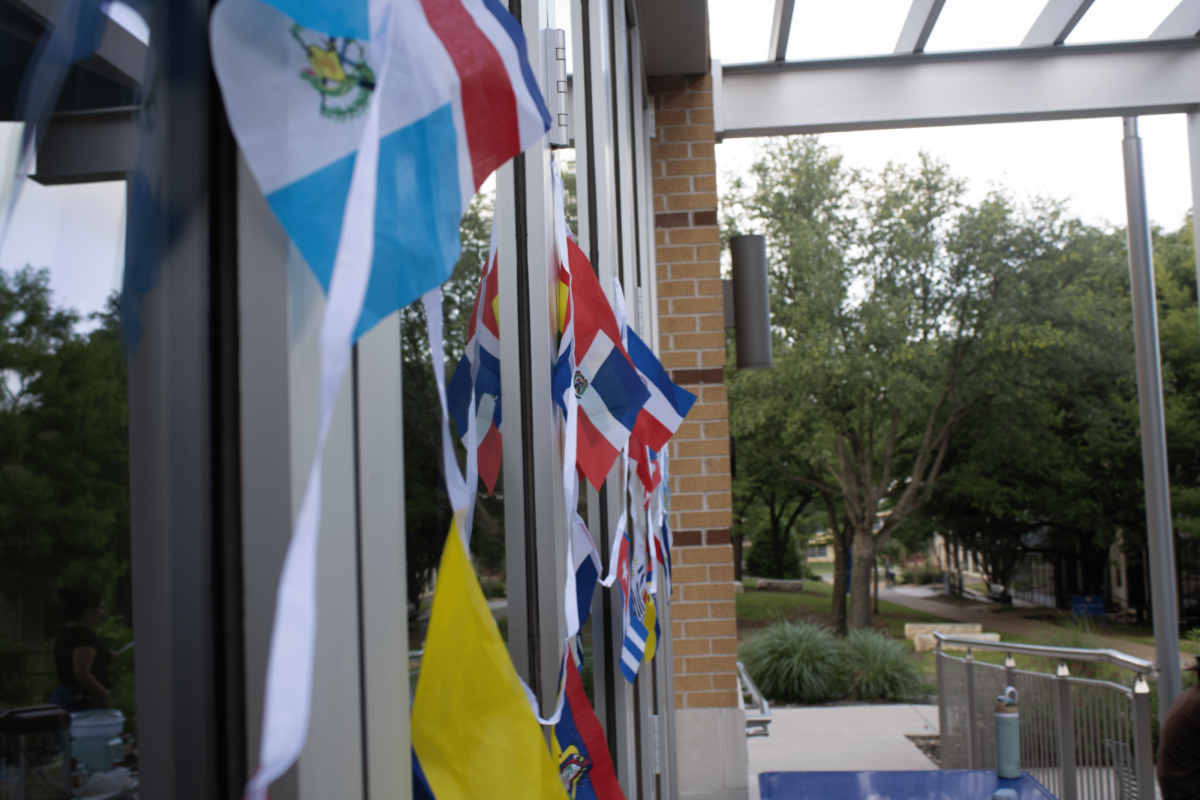
![Lady Rams softball wraps up weekend against Nelson Lions with a victory [6 – 1]](https://therambler.org/wp-content/uploads/2025/04/Screenshot-2025-04-04-100924-1200x647.png)

